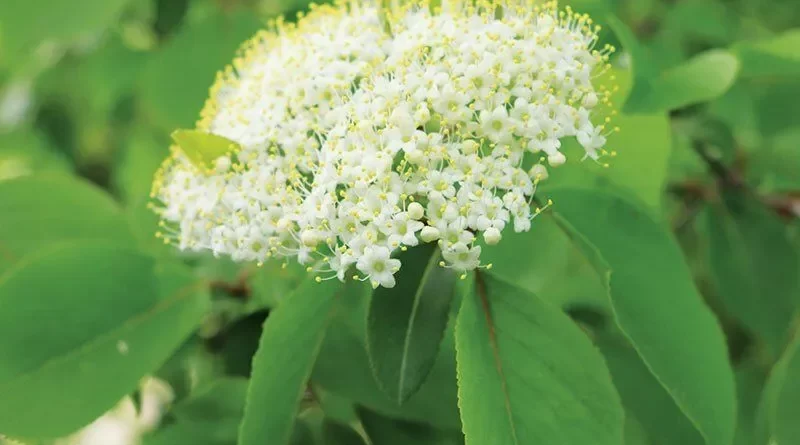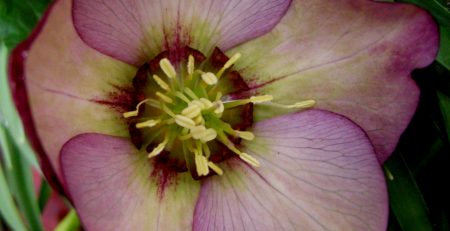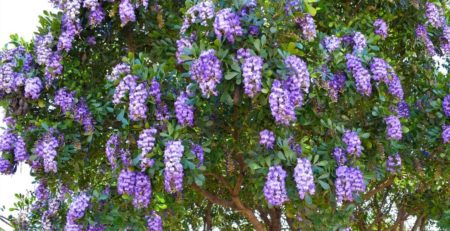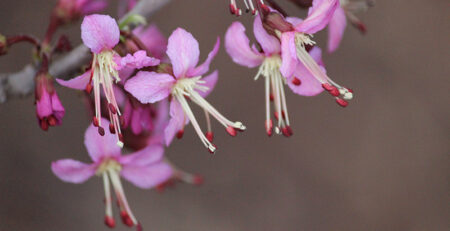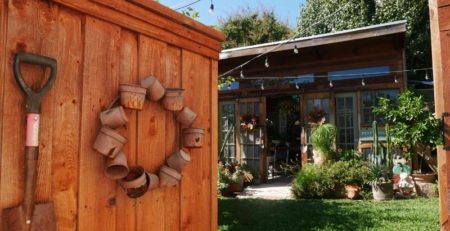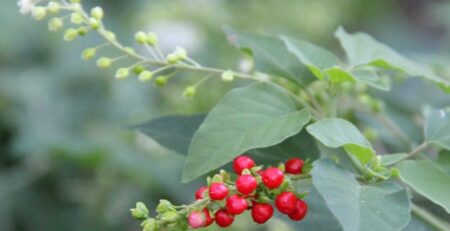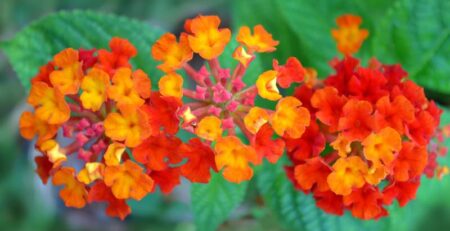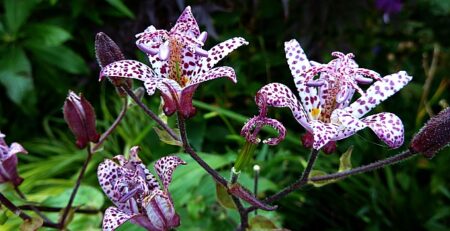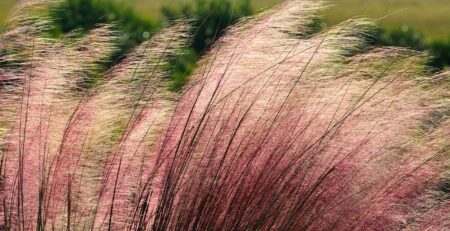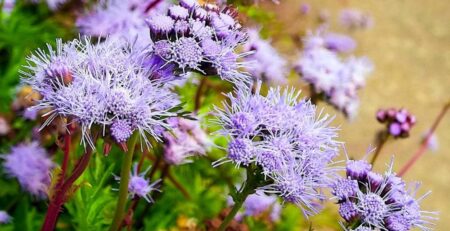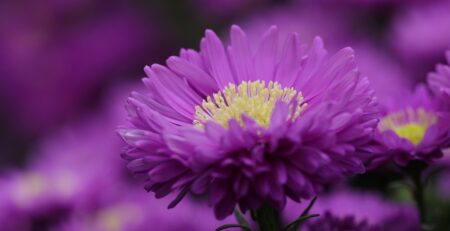Viburnum rufidulum, Rusty Blackhaw
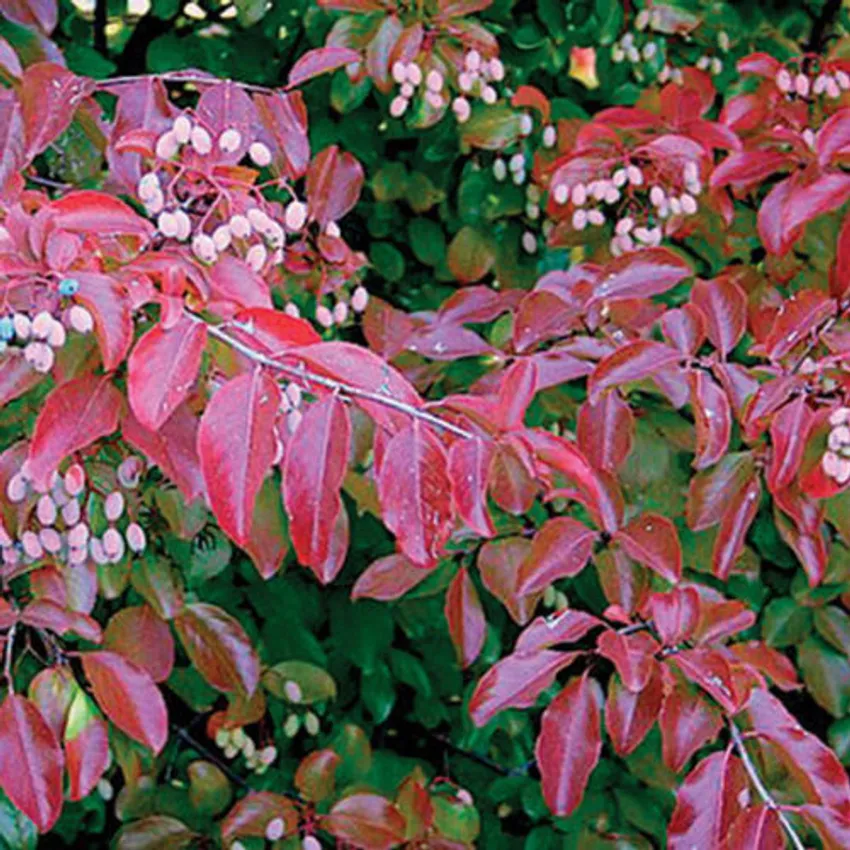
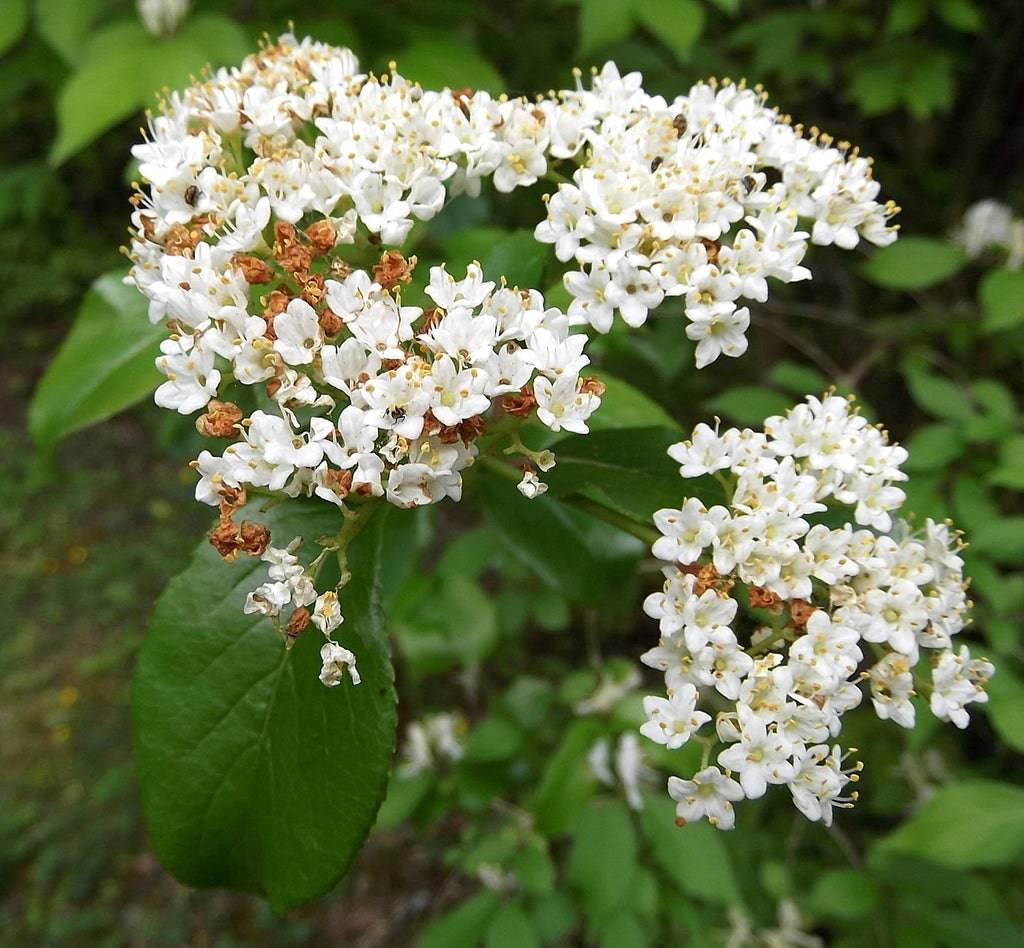
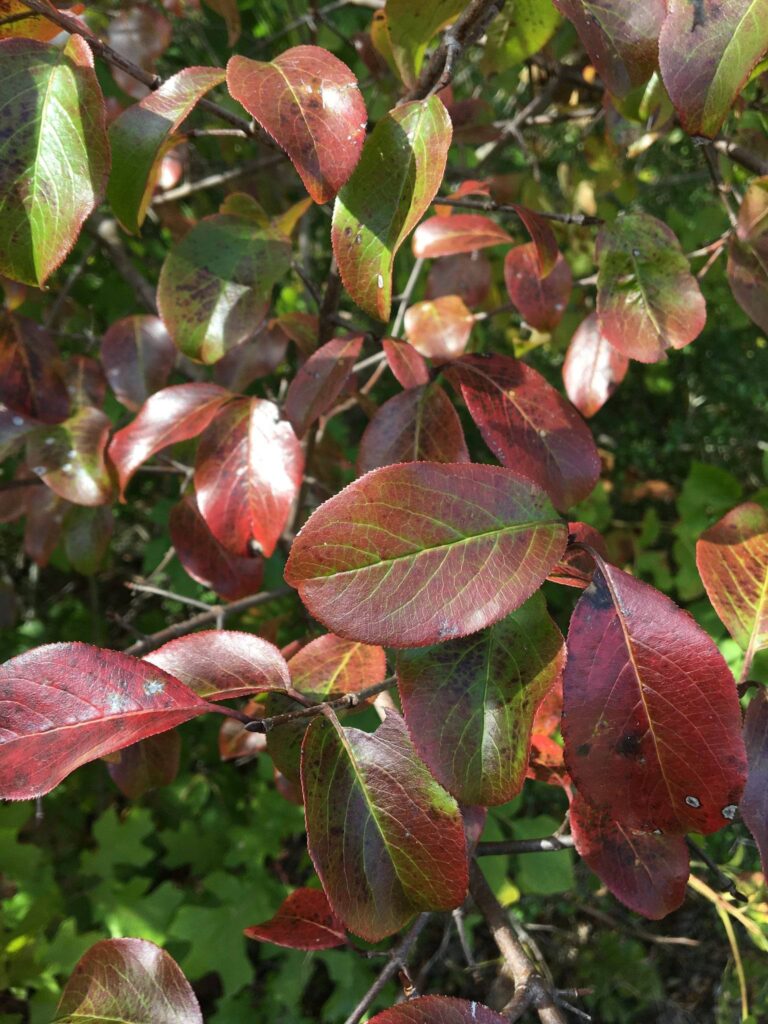
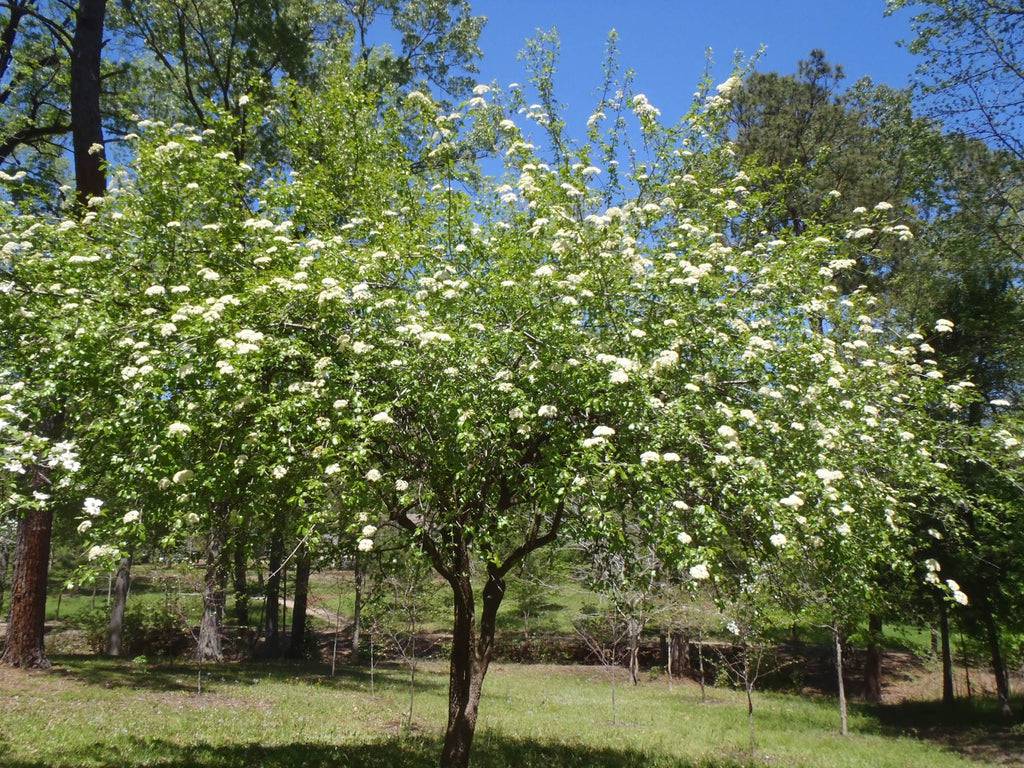
Botanical Name: Viburnum rufidulum
Common Name: Rusty Blackhaw Viburnum, Southern Blackhaw
Synonyms: Viburnum rufotomentosum
Category: Shrub
Family: Adoxaceae
Lifecycle: Perennial
Lifecycle (Alt): Perennial
USDA Symbol: VIRU2
Hardiness Zone North: 5A
Hardiness Zone South: 9B
Sun Requirement: Full Sun (6+ hours)
Sun Requirement (Alt): Partial Shade (2-4 hours)
Water Requirement: Medium
Growth Rate: Moderate
Maintenance: Low
Plant Adult Height: 12-20 ft.
Plant Adult Spread: 10-15 ft.
Plant Spacing: 8-10ft.
Soil Preference: Adaptable
Soil pH Preference: Adaptable
Propagation: Seed, Stem Cutting
Attracts: Bees, Birds, Butterflies, Moths
Resists: Deer, Disease
Tolerates: Freeze, Drought, Clay Soil, Dry Soil, Heat
Miscellaneous: Tolerates Poor Soil, Native Plant
Description: Rusty Blackhaw Viburnum is a deciduous shrub notable for its versatility and ornamental qualities, making it a popular choice in varied landscaping applications. One of the distinct features of this plant is its leathery, dark green leaves which transition to a vibrant display of red and purple hues in the fall. This seasonal color shift adds significant aesthetic value to residential landscapes and public gardens alike. Flowering occurs in spring, presenting creamy-white clusters that are not only visually appealing but also serve as a valuable nectar source for pollinators, including bees and butterflies. Following the bloom period, the plant produces blue-black berries that attract birds, offering an additional layer of wildlife interest. Rusty Blackhaw Viburnum is also favored for its adaptability to different soil types, although it thrives best in well-drained conditions. It exhibits a high tolerance to drought once established, making it suitable for regions with varying precipitation patterns. This species is generally resistant to many common pests and diseases, contributing to its low maintenance profile. It is not known for invasiveness or toxicity, which supports its safe use in household gardens and community spaces. Notably, Rusty Blackhaw Viburnum differs from other viburnums with its rust-colored leaf undersides and stems, a characteristic that provides the common name and assists in plant identification. With these attributes, Rusty Blackhaw Viburnum fulfills both aesthetic and ecological roles, enhancing its desirability for gardeners and landscape designers seeking multifunctional plant species.
Propagation & Planting: To successfully plant Rusty Blackhaw Viburnum, select a site with well-drained soil and partial to full sun exposure. Prepare the planting hole two to three times wider than the root ball but only as deep as the root ball is tall. Gently remove the plant from its container, being careful not to disturb the roots excessively. If the roots are tightly bound, lightly score the sides of the root ball with a knife to encourage outward growth. Position the plant in the hole so that the top of the root ball is level with or slightly above the surrounding soil surface. Backfill the hole with the original soil, tamping down gently to remove air pockets. Water thoroughly after planting to settle the soil around the roots and continue to water regularly until the plant is established. For propagating Rusty Blackhaw Viburnum, you can use seeds or softwood cuttings. Collect seeds in the fall and stratify them in moist sand in the refrigerator for about 3-4 months before sowing in spring. Alternatively, take softwood cuttings in late spring or early summer, dipping the cut end in rooting hormone and planting in a mixture of perlite and peat for optimal results.
Plant Care: To care for Rusty Blackhaw Viburnum, select a planting site that provides full sun to partial shade along with well-drained soil. This species flourishes in a variety of soil types but prefers a slightly acidic to neutral pH. When planting, incorporate organic matter such as compost into the soil to enhance fertility and improve structure. Water the Rusty Blackhaw Viburnum regularly during the first growing season to establish a deep and extensive root system; thereafter, the plant is relatively drought tolerant but benefits from occasional watering during prolonged dry spells. Mulching around the base helps retain soil moisture and control weeds. For optimal growth and berry production, apply a balanced fertilizer in early spring. Pruning is generally minimal but can be done to shape the plant and maintain its health; this should be performed immediately after the plant flowers to prevent cutting off the next season’s buds. Monitor regularly for pests such as aphids and diseases like leaf spot, treating them promptly with appropriate methods if they occur. Following these guidelines will help ensure that the Rusty Blackhaw Viburnum remains healthy and vibrant.
Fertilize: Rusty Blackhaw Viburnum, a hardy and adaptable shrub, generally requires minimal fertilization when planted in conditions mimicking its natural habitat, particularly in well-draining soil rich in organic matter. If growth appears stunted or foliage lacks vibrancy, an application of a balanced, slow-release fertilizer with an NPK ratio of 10-10-10 can be beneficial. Apply in early spring to coincide with the onset of the growth cycle. Lightly scatter the granules around the base of the plant, avoiding direct contact with the stem, and water thoroughly to facilitate nutrient uptake. Over-fertilization can harm this plant by promoting excessive foliar growth at the expense of flowering and fruiting, hence it’s crucial to fertilize only as needed based on the plant’s overall health and appearance.
Prune: Pruning Rusty Blackhaw Viburnum should ideally be carried out just after the spring flowering, typically in late spring to early summer, to avoid removing the next season’s blooms. Begin by removing any dead, diseased, or damaged branches to maintain plant health and appearance. Focus next on thinning out older stems to promote air circulation and light penetration, crucial for rejuvenating the plant’s interior. Minimal shaping can be done at this time if necessary, but extensive pruning should be avoided to maintain the plant’s natural form. Avoid pruning in late fall or winter, as this can lead to frost damage on newly cut areas and potentially stimulate new growth at a time when the plant should be dormant. Pruning outside of the specified season or too aggressively can impede flowering and overall vitality.
Pest & Disease: Rusty Blackhaw Viburnum is susceptible to a few common pests and diseases which can be effectively managed with appropriate treatments. Aphids and scale insects are notable pests; they can be controlled by applying horticultural oils or insecticidal soaps, particularly during their active growth phases to disrupt their life cycle. Ensuring the plant is well-maintained and not stressed can also reduce pest infestations. Regarding diseases, powdery mildew and leaf spot may occur, particularly in humid conditions. For powdery mildew, applications of fungicides containing sulfur or biocontrol agents can be effective. Leaf spot can be managed by removing affected foliage and improving air circulation around the plant to reduce moisture on the leaves. Regular monitoring for symptoms of these pests and diseases will facilitate early detection and more effective management. Always follow label directions and consider environmental impacts when applying chemical treatments.
Attribution: This plant information is the copyrighted property of PlantTAGG, Inc. (www.planttagg.com) and is published with permission.
Link to Full Profile: https://m.planttagg.com/#/public/details?key=5YJ1CP5ZJ3QNO80272UQM96Z9XD

